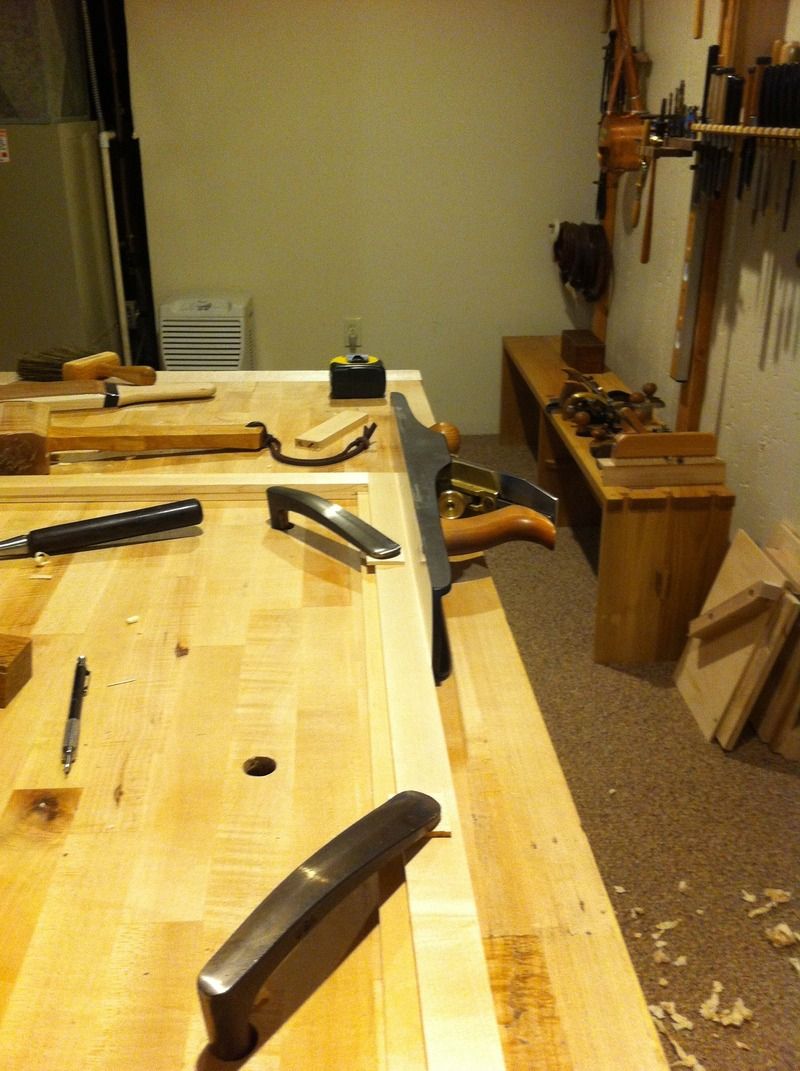I was fooling around with the Stanley #4 plane I fixed, and I decided to smooth out a push stick I made from scrap. I was very surprised at how nice the wood turned out to be. It seems like there is something about hand tools that brings out the beauty of wood. Or maybe I'm just really bad at using power tools.
The plane seems to be okay. It made chips that were clear, and they were as wide as the blade.
Anyway, I am wondering: what is the secret to getting the edges of a piece of wood square? Is there a jig or trick, or is it just skill?
06 13 15 stanley 4 hand plane and smoothed out push stick.jpg





 Reply With Quote
Reply With Quote









